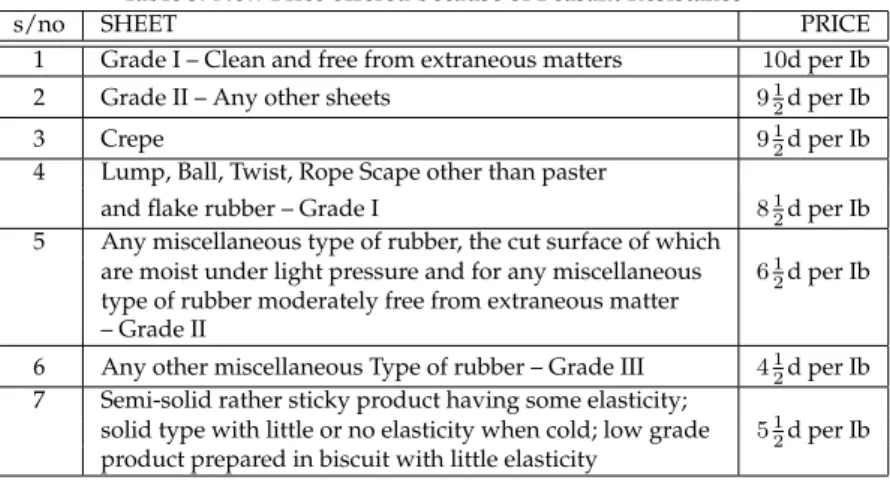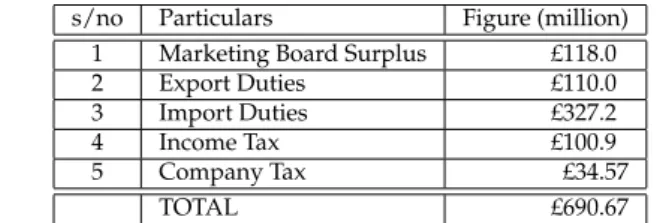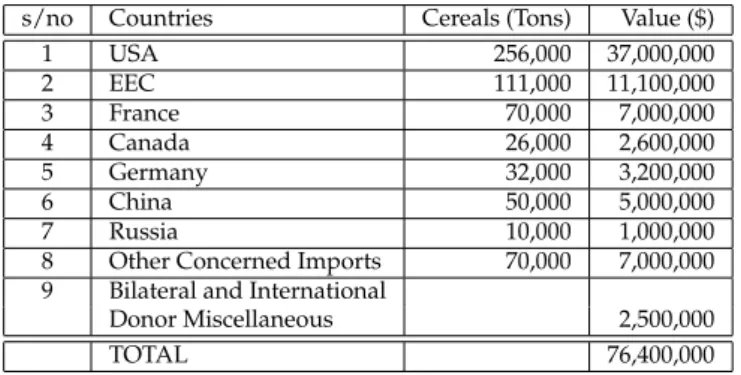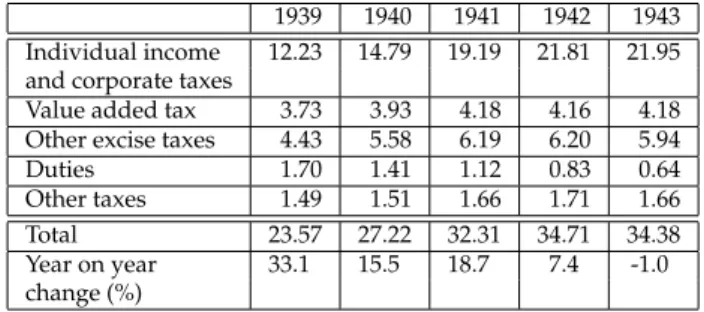Stüeler wohnte mit seiner Familie oberhalb der gotischen Kirche Mariä Himmelfahrt nahe der Brauerei. Als gebürtiger Protestant und offensichtlich Lutheraner war er im vergangenen Herbst (1627) zum katholischen Glauben konvertiert, als er sich in Prag in St. vielleicht gab es eine ganze Kirschplantage, aber auch an anderen Orten, unter anderem auf der Scheibe oder in den Weinbergen.
Nachts wurde es sehr kalt, mein Pirn im Hinterzimmer fror auf der Lounge ein.
From Developing Economy to International Monopoly (Dependency) and Unequal
Mahmud (1979), argued that the distortion of agricultural, food and commercial economy in the Nigerian region. LOVEJOY, Salt of the Desert Sun: A History of Salt Production and Trade in the Central Sudan, London 1986, p. On the other hand, the European companies and their cohort continued to receive royalties from the colonial government in the region.
This was specifically aimed at weakening the influence of Syrian traders on the economy of some.

Islamic Modernism: A Legitimate Part of a Historical Tradition of Islamic Thought
Am¯ın believes that the untapped potential of 50 percent of the population affects society. 35 The Meaning of the Glorious Quranby Muhammad Marmaduke Pickthall (Hyderabad-Deccan 1938) is the source for all Quranic quotations in this document. The Response of the Sh¯ıc¯ı and Sunn¯ı Muslims to the Twentieth Century, London 2005, p.
In essence, Shalt ¯ut dismantles the traditional Islamic division of non-Muslims into the “people of the Book” (ahl al-kit¯ab) and polytheists (mushrik ¯un).
The National Association of Northern Bohemia – A Few Remarks Concerning its
Not long after that, information about the establishment of the National Association of Northern Bohemia also appeared in the press. The secretary became the office manager of the National Association of North Bohemia. In addition, members of the government had to suggest candidates for election to the central committee.
These secretaries were to be intermediaries between the association's central bodies and local branches. They also created districts in the area of the given board if necessary. The first issue of the bulletin Vˇeštník of the National Association of Northern Bohemia was published in October 1900.
This correspondence was mainly delivered to the National Association of Northern Bohemia because of the ongoing land reform. The border guards, with the help of the National Association of North Bohemia, tried to reach a just settlement of their demands. The office was later named the Central Office of the National Association of North Bohemia.
He was also involved in several organizations that supported the objectives of the Czech minority in northern Bohemia. The charter excluded the handling of political issues, which were not within the powers of the association.
From Isolation to Active Foreign Policy: The Hungarian-Italian Treaty of Friendship of 1927
However, for the other option, they would have to reach an agreement with at least one of the other countries. During the discussion, the Hungarian Prime Minister said that with the end of the financial and military surveillance, Hungary plans to step on the path of active foreign politics. HAMERLI, The Hungarian-Italian Support of the Croatian Separatism between 1928 and 1934, in: West Bohemian Historical Review pp.
VIZI, The Hungarian Effort to Dissolve the Unity of the Little Entente in 1926, in:Prague Papers on the History of International Relations, 2, 2013, pp. The Italian government still showed interest in the current state of the Hungarian-Yugoslav negotiations, but they mostly only received vague answers to their questions about it. The Hungarian Ministry of Foreign Affairs wrote a detailed account to Hory of the talks with Durini.
Solely to inform Hory, the Hungarian Ministry of Foreign Affairs wrote down his ideas on the form of the planned Hungarian-Italian treaty. Apart from the fulfillment of official objectives, this visit served to get a good grip on the situation, before the Hungarian Prime Ministers trip to Rome. The first point of the first part declared that there would be a constant and unending friendship between the two states.
Inclusion of the discussion between Bethlen and Mussolni in the subject of the port in Fiume. In my paper I wrote about the antecedents of the Hungarian-Italian Treaty of Amity, Mediation and Arbitration.
Financing the German Economy during the Second World War
Thus, it cannot be said that the Nazis sought to minimize the cost of the war to the economy. From the second half of the 1930s, the labor market constituted one of the main problems for the German economy. Therefore, in the first years of the war, there was no major increase in the already high regulation of the workforce.
It should be noted that in the last years of the war there were frequent transfers of skilled labor to the front. It must be emphasized that in the Nazi economy, private ownership of the factors of production was maintained, i.e. Industrialists did not respond flexibly and quickly enough to the increased needs of German rearmament.
In the first three years of the war, most of the weapons production was carried out in breadth (Breitenrüstung), i.e. The largest increase in tax collection occurred during the first years of the war until 1941 (see table 2). In the first year of the war, the share of military expenditures reached about 65%, which represents 35% of civilian expenditures.
Nevertheless, there was no too rapid increase in prices until the last year of the war. As already indicated, an important moment in the development of the German war economy was the exploitation of the occupied territories.
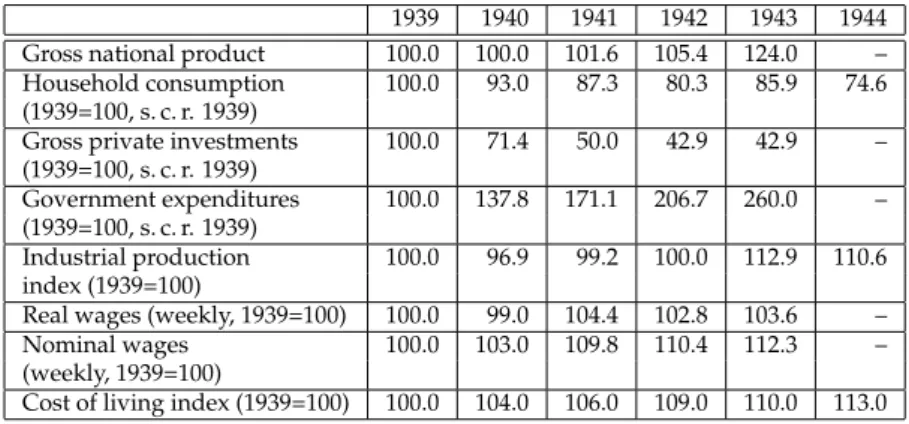
The “Fight for Peace” in the Airwaves – Tito,
The department's leadership suggested inserting the disguised command into the "padded instructions." They emphasize the connections between “the developments of the economic and political situation in Yugoslavia and of the various measures and betrayals of the Tito clique. The programs portrayed the "high culture and joyful life of the Soviet people".
The head of the department wrote about the echo of the Serbian and Slovenian broadcasts. The Yugoslav press and the Titoist leaders regularly refer to Hungarian radio broadcasts in their speeches. The quality of work of the Hungarian staff in the section is also not high enough”.
This is confirmed by the fact that the Hungarian Radio is under the constant attack of the Titoist propaganda. Likewise, they reported on "the achievements of the Hungarian people's democracy: raising the standard of living, our revised five-year plan, etc.". This is one of the last such reports about the department preserved in the former Archives of the Hungarian Radio Corporation.
The language in the radio programs "is not passionate enough" and the agitation not powerful enough. On the nature of foreign trade in the People's Republic of China during the period.
On the Character of the Foreign Trade of the People’s Republic of China in the Period
Skˇrivan Jr., On the Character of Foreign Trade of the People's Republic of China. For more information on Soviet aid to the Chinese Communists and the rise of Soviet influence in China, see H. For more information on the contentious nature of the relationship between Stalin and Mao Zedong see, for example, K.
For information on PRC foreign policy in the early years of the communist regime, see for example K. The Soviet Union had definitively become China's strategic partner in the transformation of the Chinese economy to the socialist model. Today it is difficult to determine the exact size of the financial resources that flowed from the USSR to the PRC in the 1950s.
On the other hand, this cooperation caused a significant dependence of the Chinese economy on the USSR. In 1950, non-communist countries had a large share, roughly two-thirds, of the PRC's foreign trade. In the second half of the 1950s, Sino-Soviet trade amounted to approximately 50% of the total volume of the PRC.
Development of foreign trade of the PRC in the 1960s (total imports and exports)38. Today, Chinese sources admit that during this period the population decreased by about 13 million;.
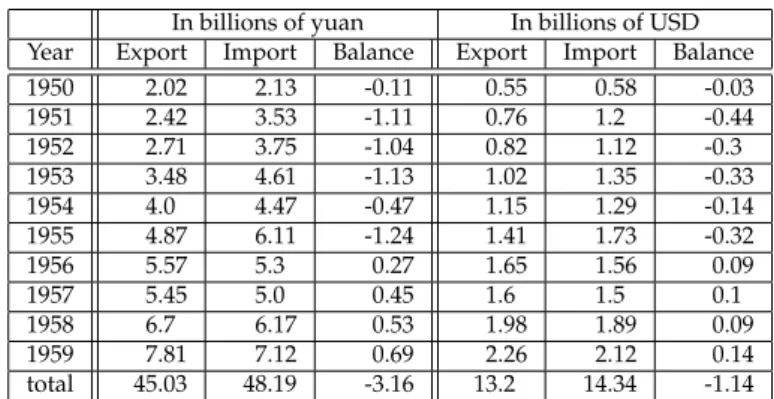
Czechoslovakia and the Hungarian Revolution in 1956
They were able to see the events of the Hungarian Revolution from a specific perspective due to the trauma of the population exchange. This committee supervised the implementation of party decisions regarding the Hungarian minority. Hungarian institutions were presented in the Czechoslovak press as an achievement of the communist political system, for which Hungarians should be grateful.
12 Report of the Hungarian High Consulate in Bratislava to the Hungarian Foreign Ministry on August 6, 1954. 13 Report of the Hungarian Embassy in Prague to the Hungarian Foreign Ministry on May 3. Political ferment began in Czechoslovakia in the wake of the 20th Congress of the Soviet Communist Party.
16 Report of the Hungarian Ambassador in Prague to the Hungarian Ministry of Foreign Affairs, 31 May 1956. They also decided to put the central newspaper of the Hungarian Communist Party Szabad Nép (Free People) on the list of suspicious press posts. The Czechoslovak Communist Party was united in its judgment of the Hungarian revolution from the very beginning.
One of the diplomats at the Hungarian consulate in Bratislava wrote these words: "The events that happened in the first days were well received by the Slovaks. The question of the Hungarian minority was made even more problematic by the fact that the Slovak question itself was unresolved.
